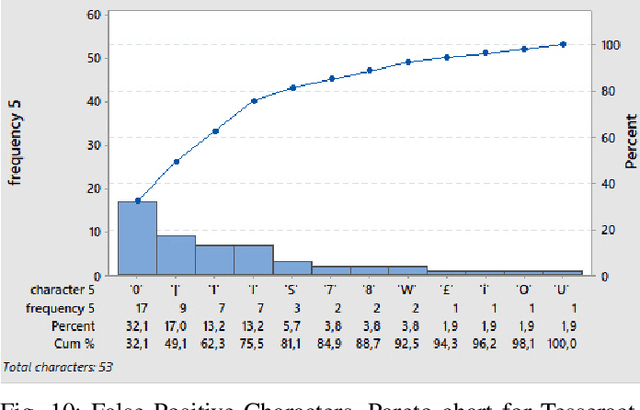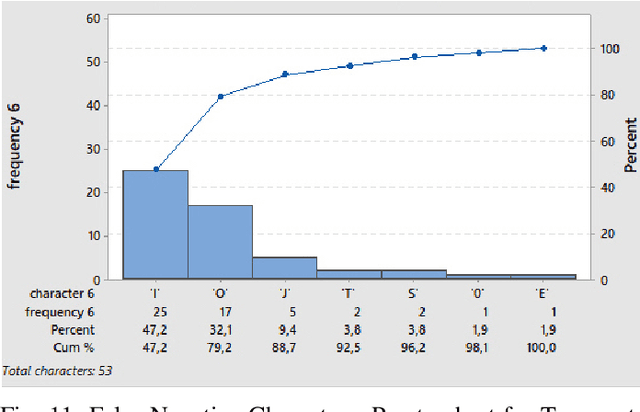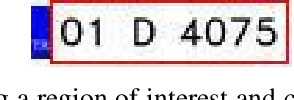Marcel Del Castillo Velarde
Benchmarking Algorithms for Automatic License Plate Recognition
Mar 27, 2022



Abstract:We evaluated a lightweight Convolutional Neural Network (CNN) called LPRNet [1] for automatic License Plate Recognition (LPR). We evaluated the algorithm on two datasets, one composed of real license plate images and the other of synthetic license plate images. In addition, we compared its performance against Tesseract [2], an Optical Character Recognition engine. We measured performance based on recognition accuracy and Levenshtein Distance. LPRNet is an end-to-end framework and demonstrated robust performance on both datasets, delivering 90 and 89 percent recognition accuracy on test sets of 1000 real and synthetic license plate images, respectively. Tesseract was not trained using real license plate images and performed well only on the synthetic dataset after pre-processing steps delivering 93 percent recognition accuracy. Finally, Pareto analysis for frequency analysis of misclassified characters allowed us to find in detail which characters were the most conflicting ones according to the percentage of accumulated error. Depending on the region, license plate images possess particular characteristics. Once properly trained, LPRNet can be used to recognize characters from a specific region and dataset. Future work can focus on applying transfer learning to utilize the features learned by LPRNet and fine-tune it given a smaller, newer dataset of license plates.
 Add to Chrome
Add to Chrome Add to Firefox
Add to Firefox Add to Edge
Add to Edge